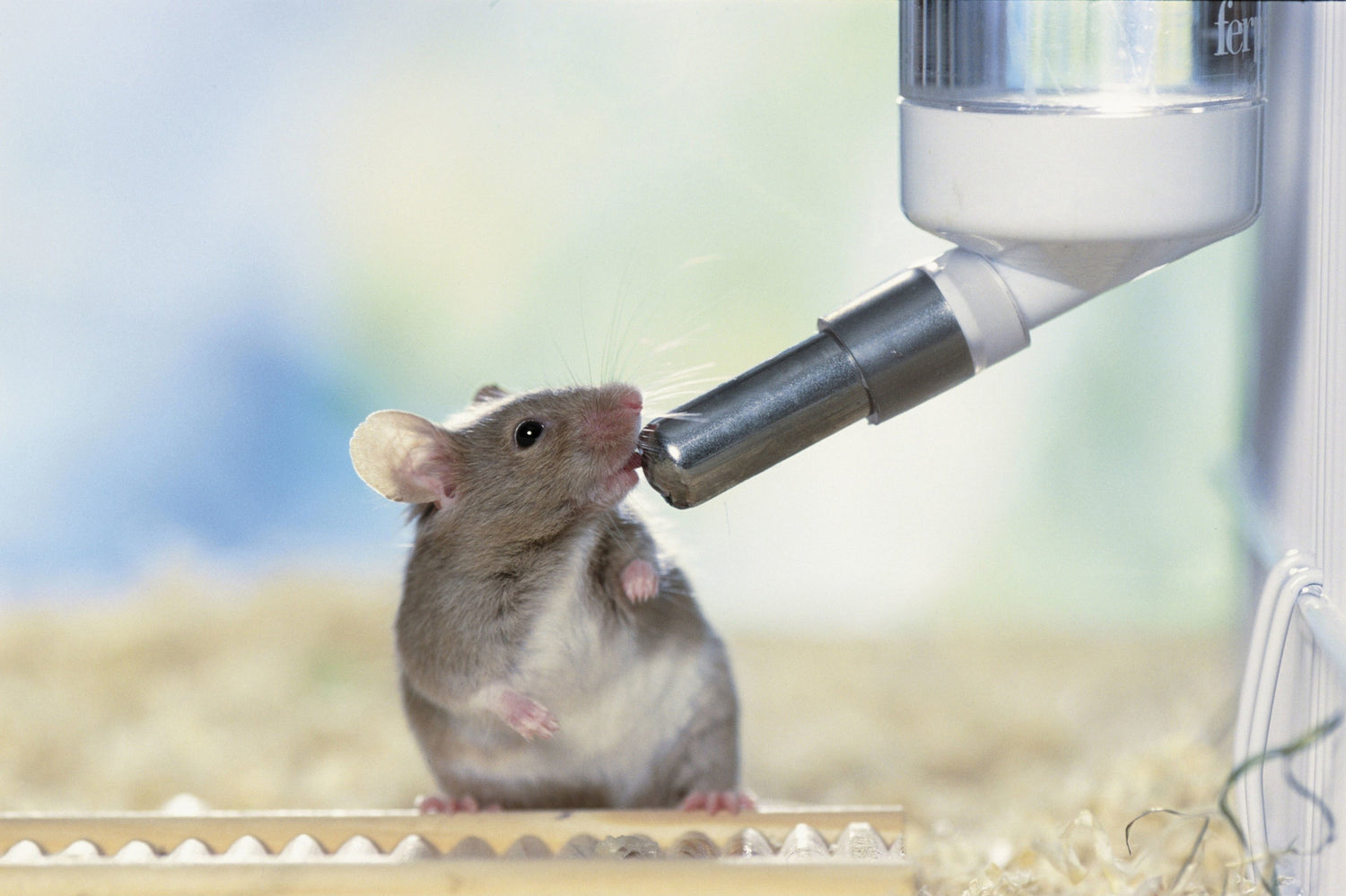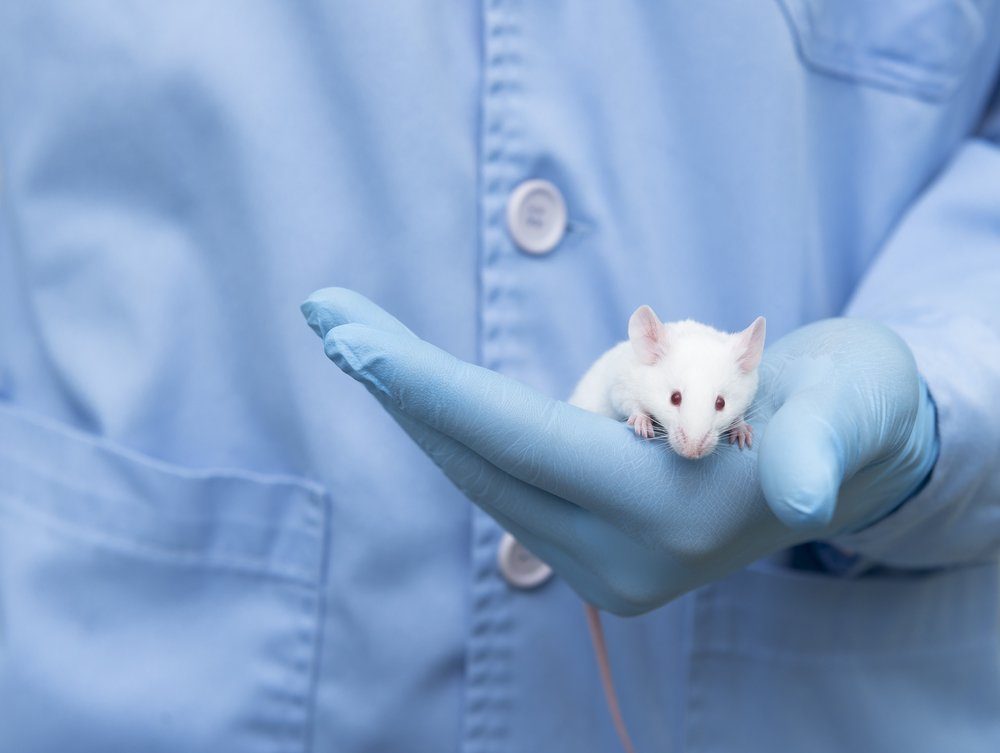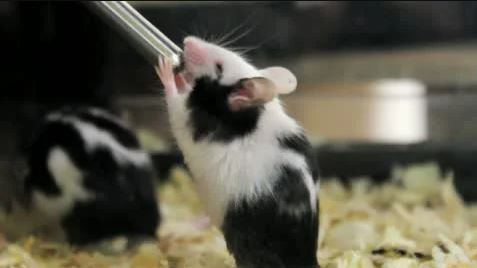Fluid Loss during Surgery
A wide range of surgical procedures are commonly performed on animals in laboratories in all species, from rodents and small herbivores to dogs and primates. Survival surgeries, where an animal recovers from the procedure and anesthesia, are generally classified in two categories:
- Minor surgeries: Surgery that does not penetrate or expose a body cavity or permanently impair physical or physiological functions (1) such as a skin biopsy (ear notching, tail clipping), embryo transfer, catheter implantation...
- Major surgeries: Surgery that exposes a body cavity, produces substantial impairment of physical or physiologic function, or involves extensive tissue dissection or transection (2). Some examples are laparotomy, thoracotomy, craniotomy, ovariectomy, vasectomy, adrenalectomy...
Fluid loss occurs because of evaporation from body cavities and blood loss. During surgery, all animals lose fluids. Due to their small size and high metabolic rate, rodents are particularly vulnerable to dehydration and can experience extensive fluid loss during surgery.
Hydration and Electrolytes Replenishment after Surgery
The Benefits of Hydration for Recovery
To limit fluid loss, it is important to irrigate the surgery site with warmed sterile isotonic fluids during surgery. Providing parenteral fluid therapy (the administration of warm sterile isotonic fluids by subcutaneous injection) at the end of the surgery, as well as adequate hydration after surgery is highly recommended (3, 4). Indeed, good hydration is essential in all species for recovery. Hydration helps:
- eliminate the toxins from the anesthesia
- bring nutrients to the organs and wound site for faster healing
- regulate body temperature and pH balance
- reduce pain, muscle soreness and tension
- diminish bruising or swelling
- decrease the risk of blood clots
For more on postoperative hydration and nutrition, see our previous blog:
Proper Perioperative Procedures in Rodents Promote Faster Recovery
Electrolytes Replenishment
Electrolytes play a major role in balancing the fluids both inside and outside of cells. They ensure that the body stays properly hydrated and that the organs can perform their respective functions. Electrolytes are thus crucial for better and faster recovery and healing after surgery (5).
ClearH2O's new and improved DietGel® Recovery now contains all six essential electrolytes, and can help your animals rehydrate and recover faster after surgery, supporting their overall health and welfare in accordance to the 3Rs. Consider offering the same support pre-surgery as animals are less likely to try something new while in pain/recovering. DietGel® Recovery is also thermoreversible and can be melted to add medications, such as pain relief drugs or antibiotics needed after surgery.

References:
Check out our Hydration blog series
(1) Surgery Guidelines for Laboratory Animals (university of Minnesota)
(2) Rodent Surgery - Application of Aseptic Technique and Perioperative Care (University of Texas at San Antonio)
(3) Survival Surgery Procedures: Rodents (Johns Hopkins University)
(4) Guidelines for Rodent Survival Surgery - Bernal et al., 2009, Journal of Investigative Surgery
(5) Health Facts




Leave a comment
All comments are moderated before being published.
This site is protected by hCaptcha and the hCaptcha Privacy Policy and Terms of Service apply.